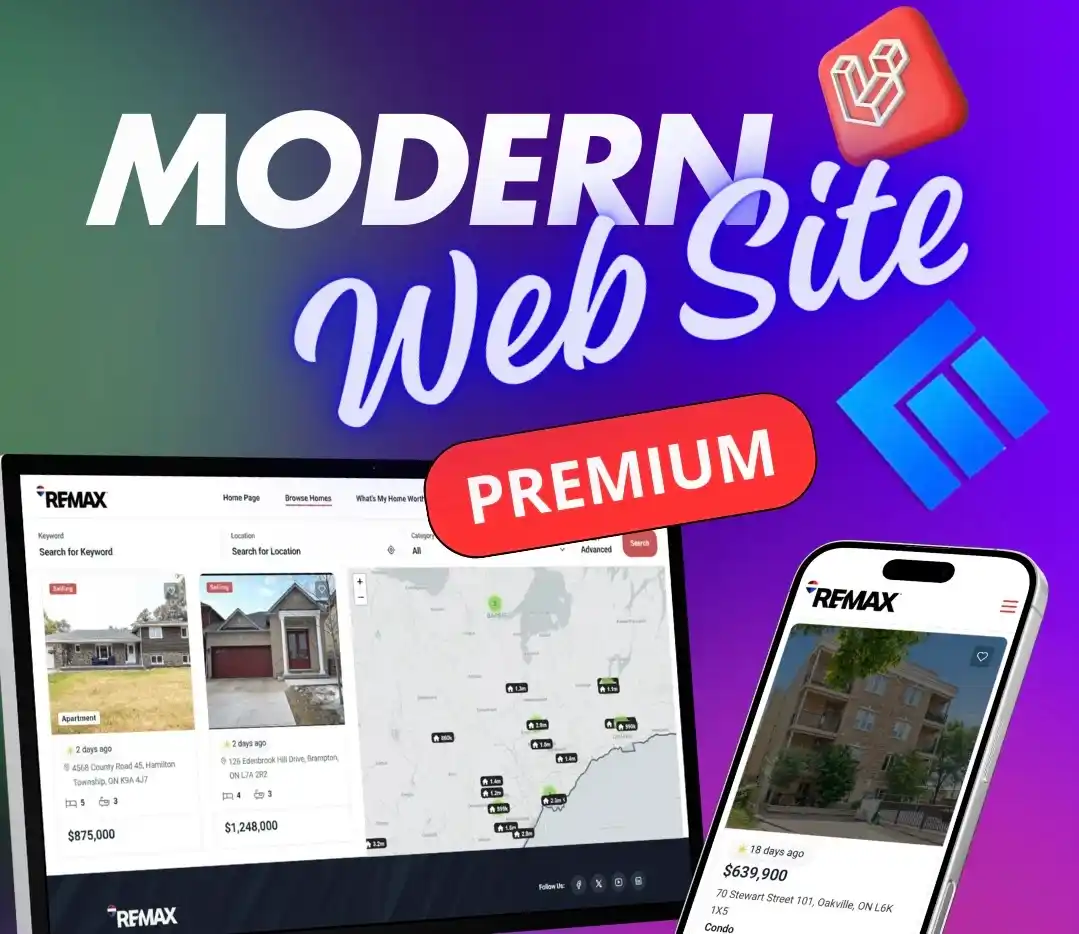

2025-10-01
Brand book vs. logo book: Key tools for business sustainability
Brand Book vs Logo Book: Key Tools for Business
Tags:
In today's competitive world, visual identity is the cornerstone of any business's success. Companies aiming for scale and recognition cannot do without two fundamental documents: the Brand Book and the Logo Book. While these terms are often confused, they serve distinctly different, yet complementary, functions.
What is a Brand Book?
The Brand Book is a fundamental, strategic document that serves as the company's "Bible." It defines not only how the brand looks but also who it is, what it believes in, and how it communicates with the world. A Brand Book for business is a description of its DNA.
You can learn more about the process of developing and structuring a Brand Book here: Brand Book Development
Key Elements of a Brand Book:
- Mission, Vision, and Values: Answers to the questions Why do we exist? and Where are we going?
- Positioning: The brand's place in the market and its Unique Selling Proposition (USP).
- Tone of Voice (ToV): The communication style (formal, friendly, innovative, humorous, etc.).
- Target Audience (TA): Detailed customer profiles.
- Visual Identity: General rules for the use of all visual elements (detailed further in the Logo Book).
- Communication Formatting Rules: Templates for presentations, emails, and advertising campaigns.
The main goal of the Brand Book: To ensure the unity of the brand's message and feeling across all touchpoints (from advertising and the website to manager-client communication).
What is a Logo Book (Logotype Book)?
The Logo Book is a purely technical, visual manual. It is only a part (albeit a very important one!) of the overall Brand Book, and its main task is to regulate the use of the company's logo.
It is often also called a Guideline or Corporate Style Guide. This is an instruction manual for designers and contractors.
Key Elements of a Logo Book:
- Logo Construction: Precise proportions, modular grid, and clear space (minimum space around the logo).
- Variations and Versions: Approved logo versions (horizontal, vertical, full, simplified).
- Corporate Colors (Palette): Color codes (CMYK, RGB, HEX) for print and web.
- Corporate Fonts (Typography): Names of the fonts used in the logo and main communications.
- Misuse: Rules strictly prohibiting the deformation, color change, or placement of the logo on an incorrect background.
The main goal of the Logo Book: To ensure that the logo is always displayed correctly, regardless of who, where, and on what medium it is used.
Brand Book or Logo Book: What Does Your Business Need?
The choice between these documents depends on the current needs and stage of business development, but ideally, a company needs both.
When to start with a Logo Book?
If your business is just starting, has a limited budget, but has a good logo, the Logo Book is the minimum necessary start. It will immediately protect your visual assets from distortion.
When to create a Brand Book?
If you plan to hire new employees, launch large advertising campaigns, or intend to build a strong corporate identity and emotional connection with customers, you need a full Brand Book. This is an investment that ensures long-term brand consistency and recognition.
Conclusion: The Power of Unity
Creating a Brand Book and a Logo Book is not just an expense but a strategic investment in brand recognition and sustainability. These documents guarantee that your business always speaks with one voice and looks professional and cohesive, which is a decisive factor for customer trust and market success.
Last News.




_11zon_11zon.webp)

